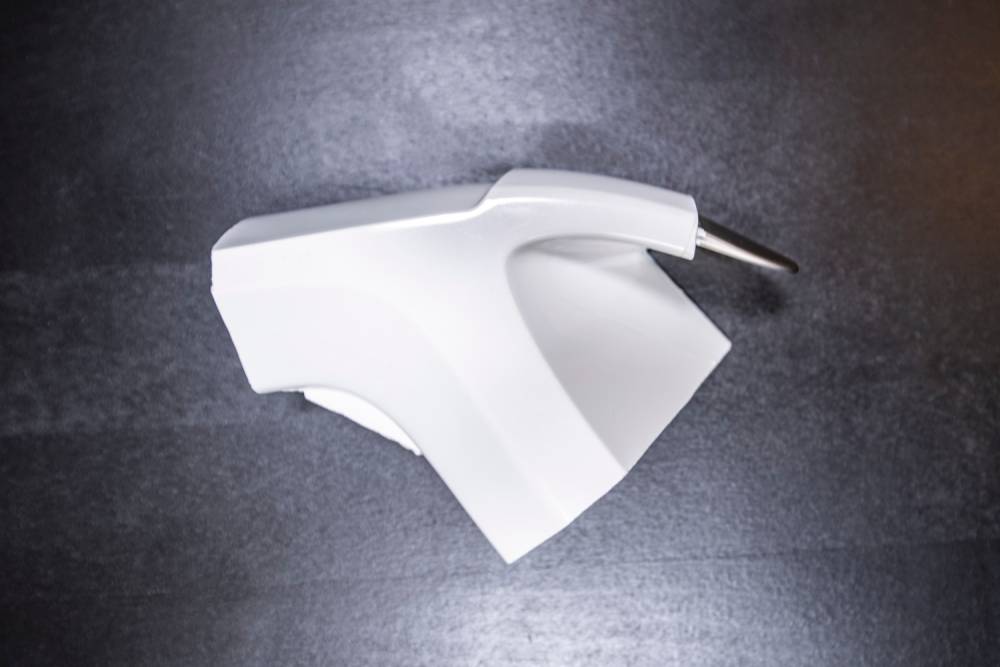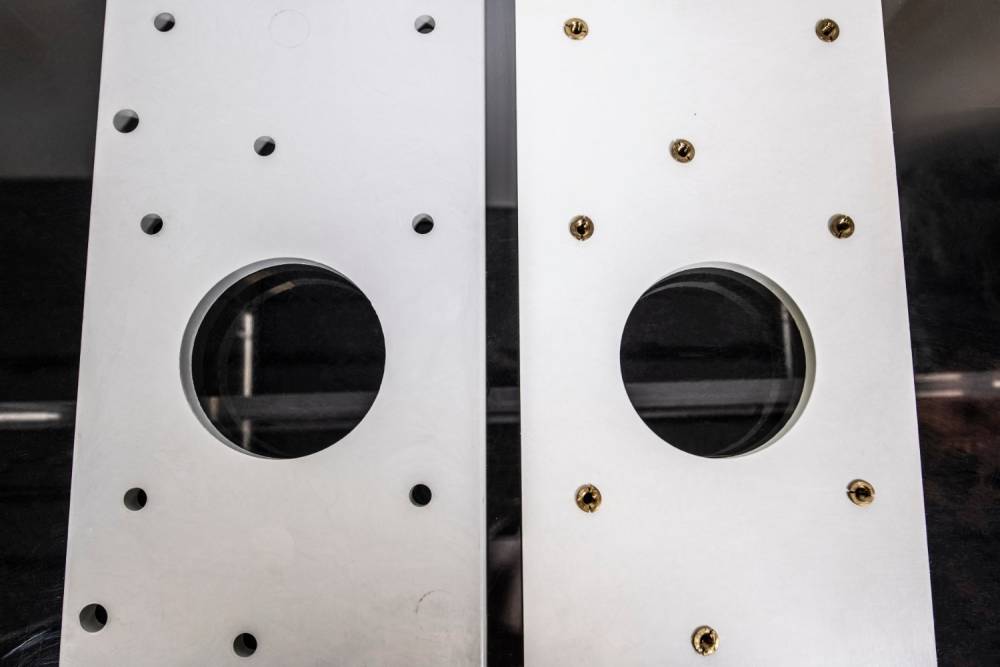
Compression Moulding
Compression moulding is a method for molding plastic in an open, heated mould. The mould is closed at the top with pressure applied to the material to force it into contact with the entire mould, and obtain the desired shape.
The method is used to produce components in composite materials such as glass-reinforced technical laminates. The components produced are high strenght and low weight.
Compression moulding is a cost-effective production method for high volumes of units.
SMC (Sheet Molding Compounds)
Sheet Compression Moulding for smaller quantities. (Typically <500 units per year).
BMC (Bulk Molding Compounds).
For large quantities (around 500+ units per year)
Advantages:
- Relatively low tooling costs compared to other processes
- Cost-effectice for shorter production runs
- Capable of producing parts with good dimensional accuracy and consistency
- Can be used to produce a wide range of part sizes and shapes
Disadvantages:
- Limited to thermosetting and certain thermoplastic materials
- Not suitable for producing complex or thin-walled parts
- May require post-processing, such as trimming or machining, to achieve the desired finish

In the picture to the left, you can see the difference between two components made by different methods. Left is produced with injection molding, right is produced with compression moulding.
We can also add coils or other metal components to the compression moulded parts.
Do you need help?
Fill out the form and we will get back to you as soon as possible
